How HeavySet Accelerates Bookings + Scales Growth for Home Service Pros
We love spotlighting partners who help home services businesses capture more opportunities, fill calendars, and boost sales. For January, we’re...
6 min read
Barbara Domingues : Updated on June 5, 2023
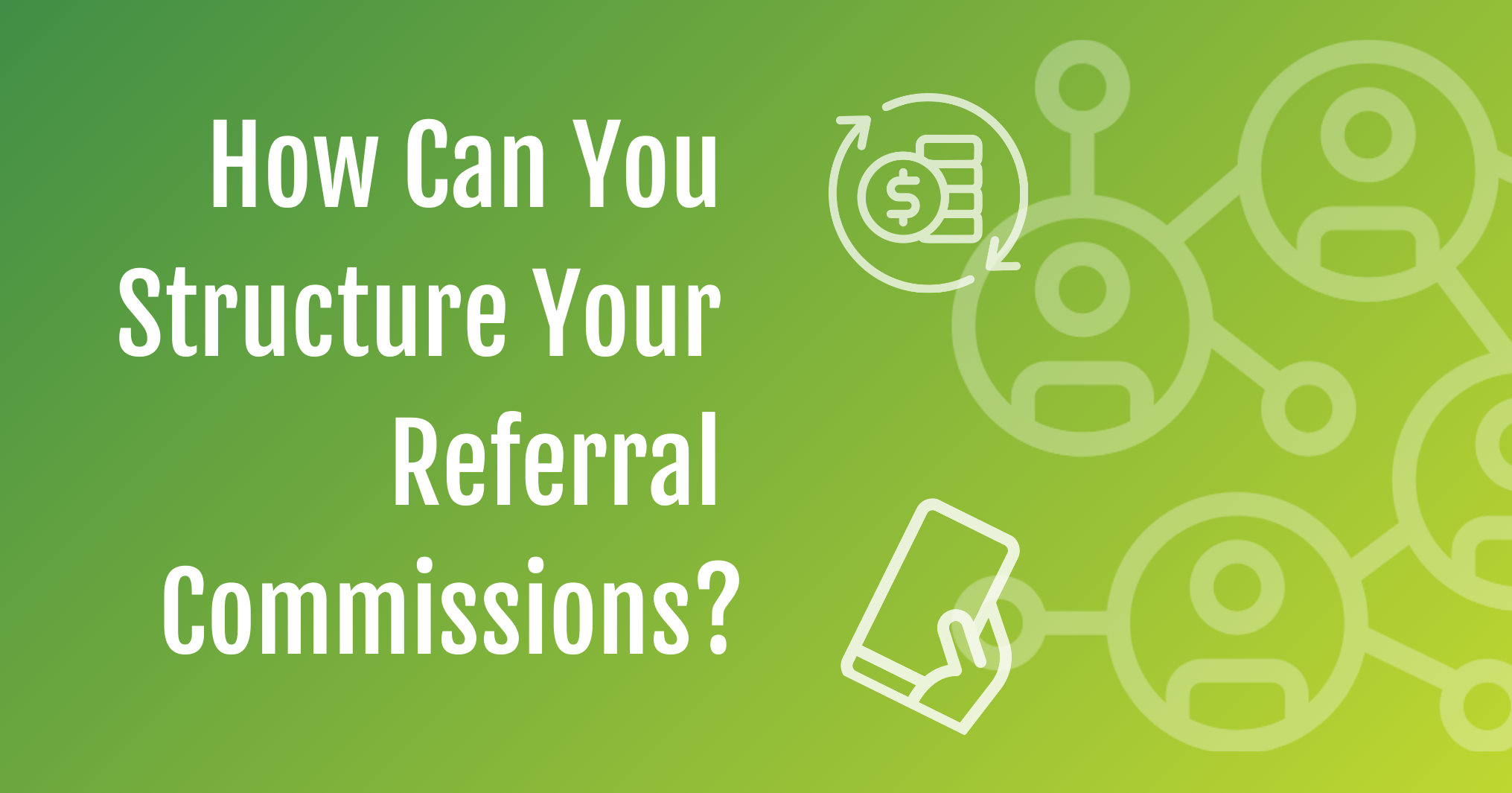
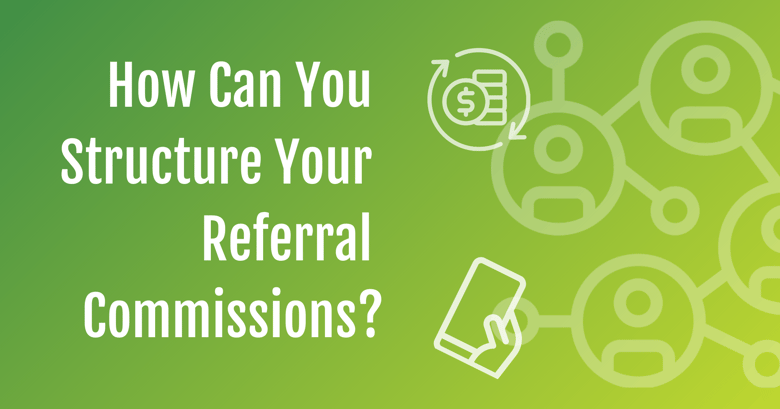
Referral marketing has so many benefits for your business that it’s easy to forget about rewarding the people that made those referrals, and to properly qualify and track them as well. As always, there is more than meets the eye, which is why a solid and enticing referral commission structure will prop up your business in the eyes of everyone while the revenue keeps growing. Let’s learn more.
What is a finder’s fee really? The finder’s fee is commonly understood as the commission (one of many types) that is paid to the person coordinating a transaction. For example, say John hires a solar panel company to install panels on his home, and uses an app to refer three people he knows to the same company. Out of these three referrals, one of them becomes a new confirmed client; John would then get a reward from the solar panel company for his referral.
While commissions, referral fees, or referral rewards are usually tied to a finished sale like in the example above, a reward is also sometimes given just for the business introduction, although this varies from company to company. It is also sometimes known as a referral fee. So, how can these types of commissions benefit your business? Let’s take a deeper look.
As we mentioned, a finder’s fee is the commission a business pays to a person (or sometimes entity) that facilitates a deal by referring or linking a potential customer (the referral) with an opportunity. It serves as an incentive for the facilitator to keep providing quality referrals that are likely to close the deal. The terms of the fee, however, depend on the company that provides it, and this compensation can even be an informal gift.
The purpose of the finder’s fee is to foster a healthy network of business contacts that are constantly communicating the benefits of the company’s products/services to potential clients or even business partners. This structure allows all the parties involved to see these transactions as a “win-win” situation and make them more agreeable to the scope of compensation terms. Also, this form of arrangement is especially useful to keep the contacts that help the company grow closer and invested.
For example, if you're in real estate, an affiliate or partner can refer a client to your company's agent or broker in exchange for a referral fee using a referral fee agreement—with the terms and amount of which the real estate referral fees would be outlined in the referral agreement.
On the topic of terms, the finder’s fees are very different from one company to the next. While some can offer fees as low as 5%, others can go as high as 35% of the total value of the deal, depending on their benchmarks. Still, in many cases, these referral commissions can simply be a gift from the company to another party.
Why are the terms of a referral commission so different from place to place? For starters, a finder’s fee is different from a service charge, which is a mandatory fee that is paid for a complete service. There simply is no real legal requirement to pay a commission in case of a deal closing because of a referral.
With a proper structure, the method of referring someone to a business is not just about one party telling another about a business opportunity and getting paid for it. The business will first qualify whether the lead they got is qualified, and whether or not they made a verified purchase. It is only after that the finder will get the referral fee or “gift”, depending on the terms that they agreed to.
There are, of course, ways to make this process easier for everyone involved. For example, a company that greatly depends on referrals, like a roofing business, can massively benefit from a software to qualify their leads and sort them into different paths while checking where they came from. This type of third-party software is also used to automate the financing of a finder’s fee, helping you speed the process along.
As for who pays the finder’s fee, it is usually the party that begins the referral process through incentives and campaigns. This is the company, of course, but there are cases and systems designed so that the cost of said campaigns are passed onto the buyer, meaning they would absorb the full price of their purchase on top of the referral commission.
But how do you know when a referral commission structure is better than others? How do you make it better? Well, the tried and true answer to these questions is to offer quality products and services. While that might not sound like revolutionary business advice, it will help you build a reliable buzz around your company, an essential step to lead your referral efforts to great success.
Like we mentioned in the section above, qualifying and paying referrals takes time and effort. Getting a referral does not guarantee a closed deal, but if you have a good enough buzz around your business, you might be taking on tens or even hundreds of them in a single day. This means that referrals can create enough extra work for your company that they could potentially become a net loss for you if you’re not careful.
The solution is to implement a good processing structure that helps you promote your referral program, qualify the leads that come in, verify their origin, channel them towards closing the deal, and paying the commission to the referrer. As we have mentioned before, a third-party system will usually let you reap the rewards while it takes care of all the heavy lifting for your company.
On top of that, a good referral structure will also help you collect more referrals, greatly amplifying your incoming referrals and your closing ratio, track who is your most productive representative, grow your revenue, and much more. This is a fantastic option for businesses that need referrals to keep going, like roofing and solar panel installation.
Regardless of the commission rate that you offer, referrals are a great asset for many businesses. However, despite all their benefits, these types of finder’s fees won’t work if your target audience is just not excited about what your company offers.
While a traditional referral system has the goal of spreading the word of your product, people won’t do it if they don’t really believe in it. Going back to the roofing business example, you really have to make your reward attractive on top of your service fantastic if you want to inspire your customers to use your referral system.
Whether your referral compensation goes to a previous client or a salesperson, the amount must be both fair and clearly defined. If it goes to a salesperson, this compensation total comes from both a base salary and their sales commissions, so it’s very important to set a ratio that ties with the amount of revenue that you expect.
Your targets tie into your metrics, which we’ll explain in the following section, and both of them tie into your industry. A business that installs solar panels will have to account for the quirks and particular aspects of its own industry, like maintenance, warranties, etc.
After you establish achievable goals and an achievable finder’s fee, the next step is to decide how the revenue will be reported. This is another part that you must be completely upfront and transparent about, as different software will throw different results depending on if they are primarily accounting software or sales-tracking software. Popular choices like Salesforce (which is a sales CRM) and Quickbooks (an accounting app) have different purposes and, therefore, metrics.
So the question arises. Which of all those different software is the absolute best option? Well, it really depends on how you and your team synchronize your efforts. Each has its pros and cons, what you really want is to find one that allows the data to be easily found and validated, and revenue projected, amongst other things.
We have mentioned this a couple of times in the article already, but it deserves its own section: Be clear about your commission structure, always. No part of it should be secret if you want it to be effective, both the overall structure and the source of the data from which you will calculate the finder’s fee. If your team thinks something is shady or arbitrary about their commissions or an external referral feels like you’re skimming from their compensation, you’re on a slippery slope.
Another vital aspect of clear communication is that your expectations are also very clear to everyone. It will make the data all that much clearer, and the measurements that you make from it will also be more effective. If your roofing company offers referral rewards to customers who just had their roofs installed, you must be clear in communicating the type of reward, how long the referral is good for, and other such terms.
As with any other plan that aims to be successful, the last part is to look at all the available data, check what went right and wrong (and why), make the proper adjustments and give it another go. Even if your referral structure seems to be working wonderfully, it is never a bad idea to go a little deeper with the data and look for kinks that might not be obvious at first sight.
Regardless of what you find, the key is to make good on your word following your current plan and compensation promises. Again, transparency is an important factor when you want to make changes to the referral structure, so be upfront about every single thing that will be different and how that will impact the people working for you. Opposition to change stems from the fear of consequences, so you being clear will help your team feel protected in the future.
Setting up a referral system and implementing a finder’s fee will make you, your team, and your customers reap great rewards. Your app by GTR is powered for both iOS and Android Smartphones & Tablets. Your app is free for your advocates and available to anyone who wants to earn rewards and money for sending referrals to your business. It is a subscription based offering created for your specific business that allows you to brand your app with your company logo and colors.
With a branded app by GTR, your customers, sales team (and anyone else) can quickly and easily provide a referral, anytime and anywhere. All they need is their phone!
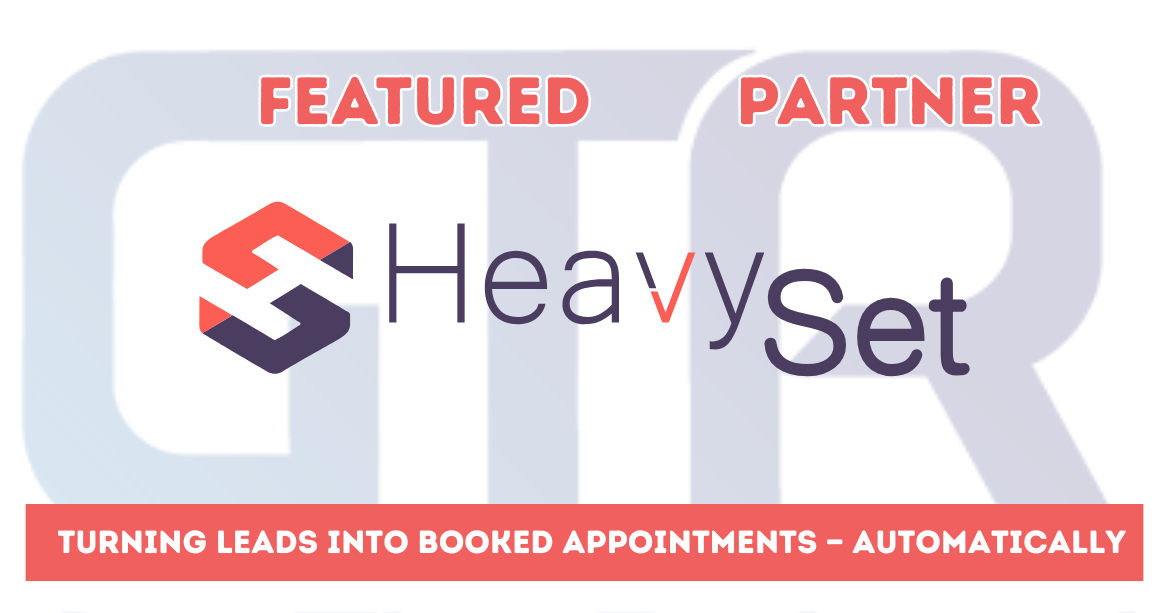
We love spotlighting partners who help home services businesses capture more opportunities, fill calendars, and boost sales. For January, we’re...

TL;DR: Roofing businesses are switching to referral software like GTR to turn customer satisfaction into a repeatable growth engine. GTR...
.png)
How to Accelerate Leads and Automate Referrals with ContractorFlow and GTR
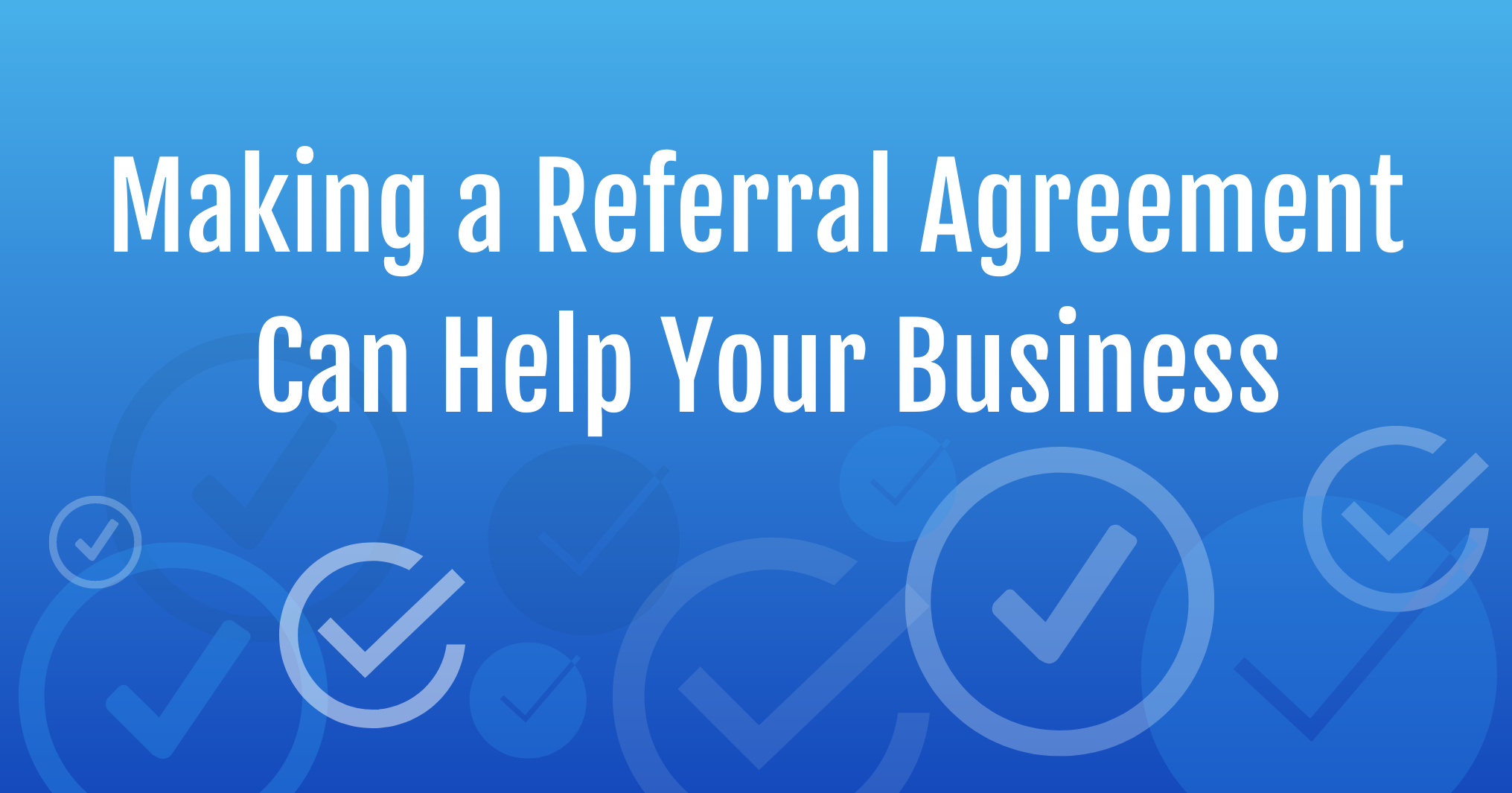
The easiest, most common way to create a referral fee agreement is to either use an existing one or create your own. While the former is the...
.png)
Word of mouth marketing is one of the biggest drivers of revenue growth, but to be effective you need to promote, attract advocates, and measure...
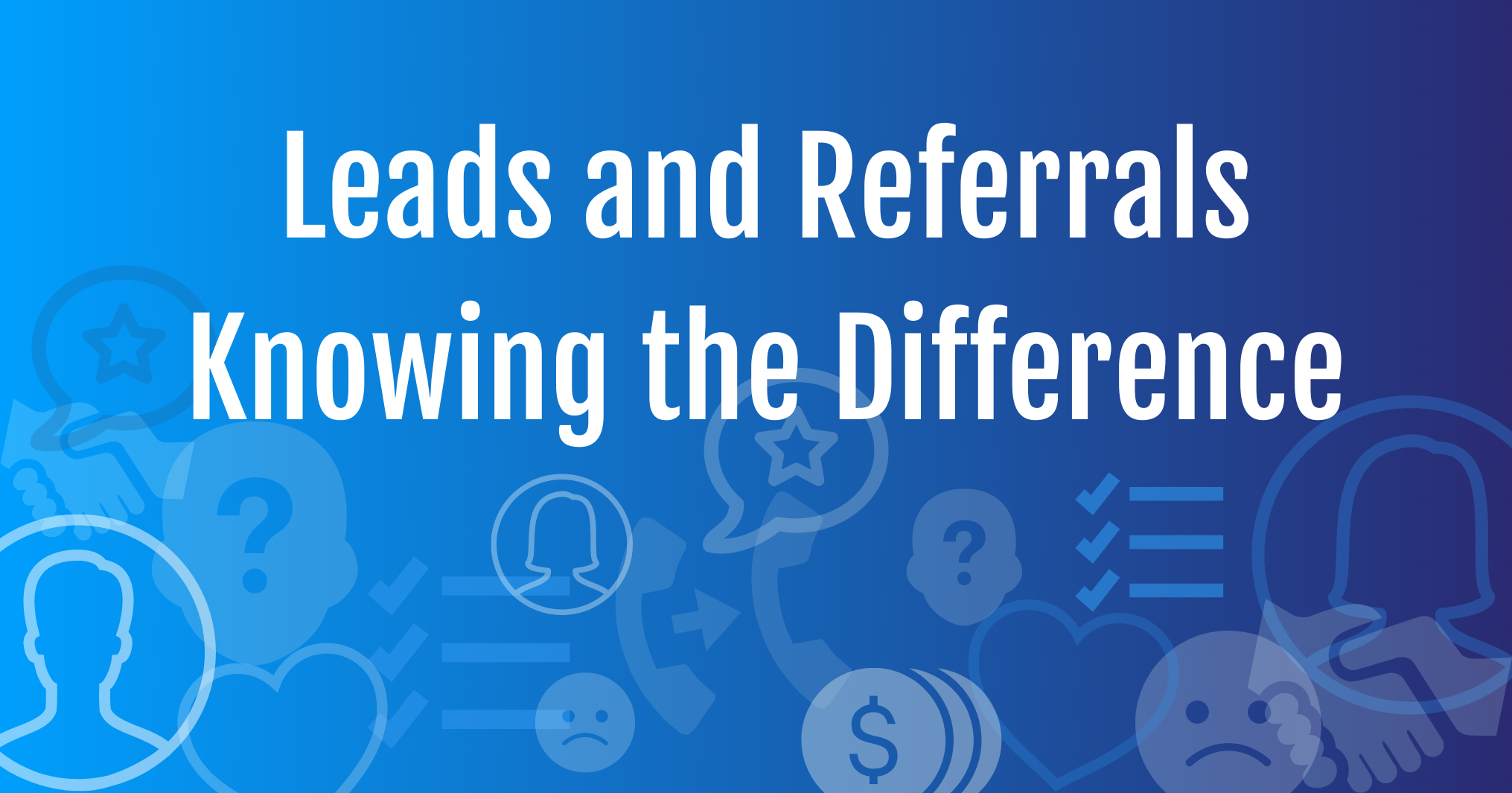
What Is The Difference Between Leads And Referrals? In our sales demonstration and training, we have our prospects and customers constantly asking...